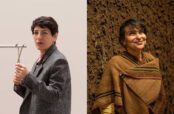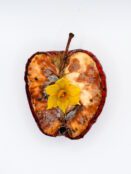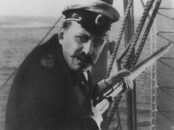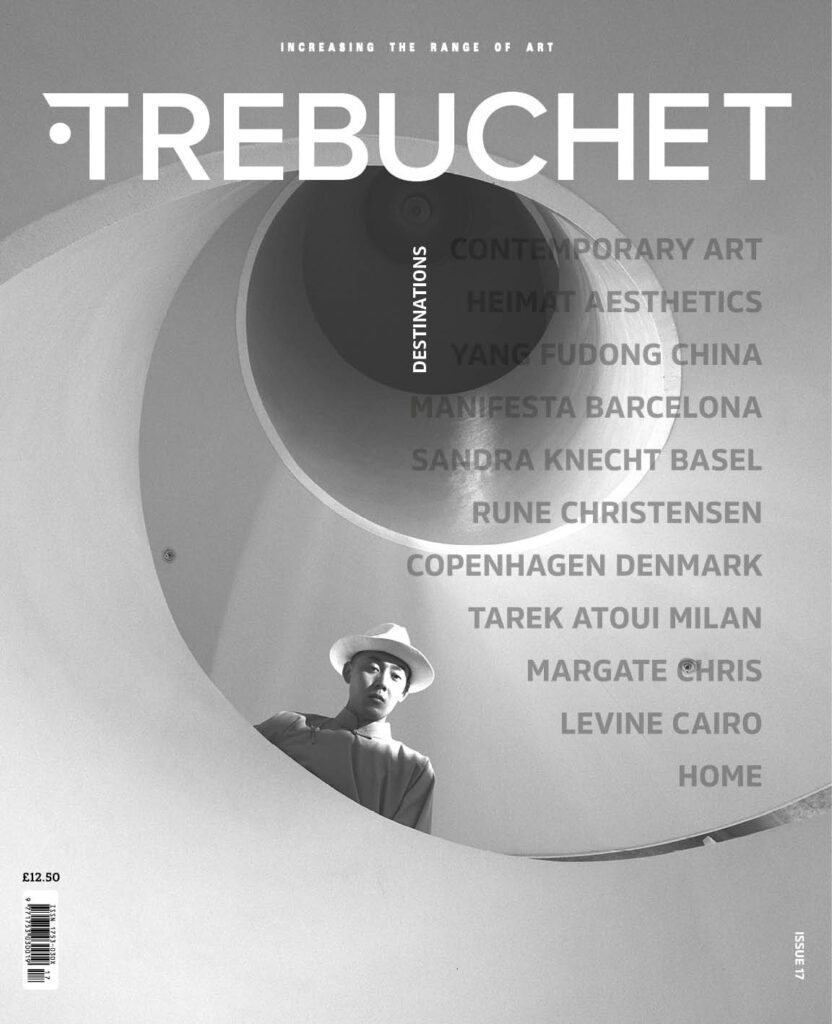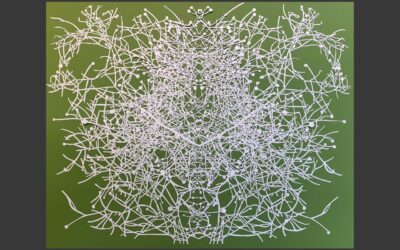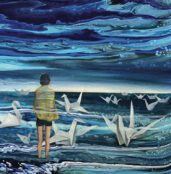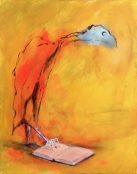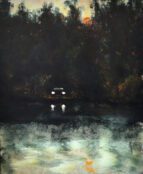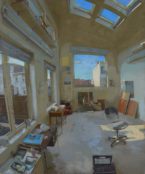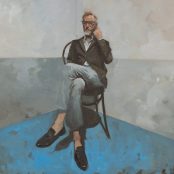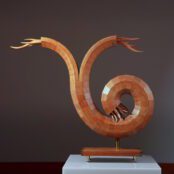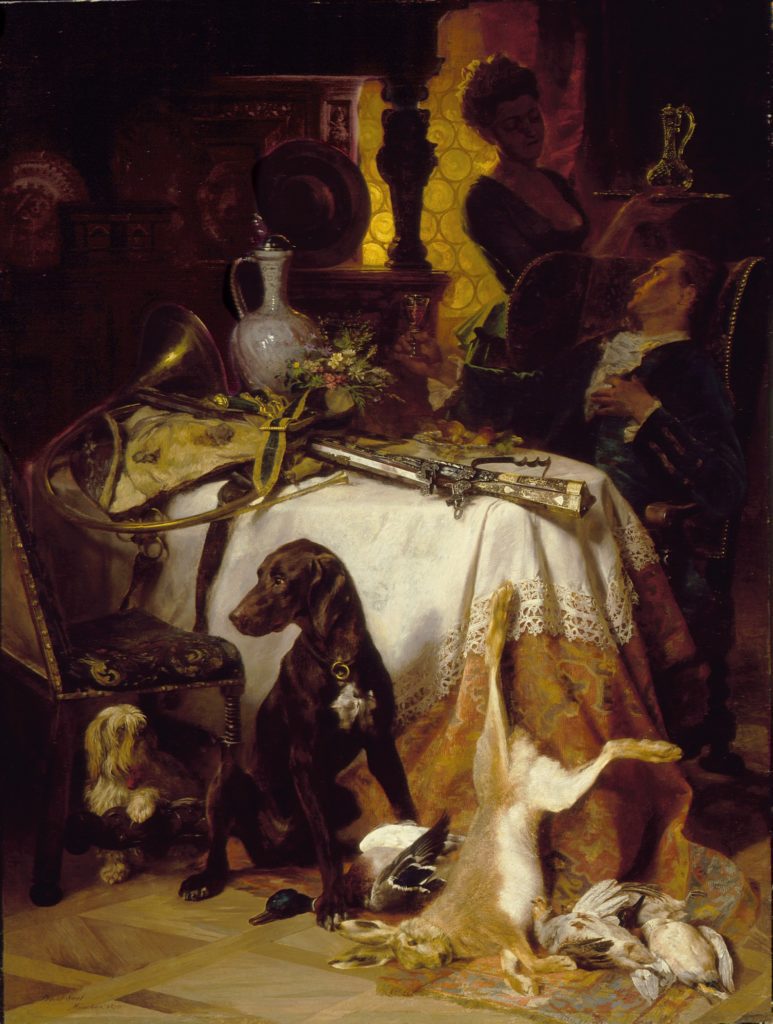In the evolving landscape of contemporary Chinese art, few figures have carved out a space of such luminous mystery as Yang Fudong. Born in Beijing in 1971 and now working from the pulsing creative hub of Shanghai, Yang has transcended his formal training in oil painting to become one of China’s most significant artistic voices, crafting visual narratives that hover tantalizing between waking and dreaming.
Beginning with his graduation from Hangzhou’s Academy of Fine Art in 1995, his subsequent evolution has become an expansive practice—encompassing film installations, photography, and more recently a return to painting—all the while establishing him as a master of atmospheric ambiguity.
Fudong’s silent, often ghostly characters move through meticulously constructed worlds with choreographed precision, inviting viewers into aesthetically immaculate realms that shimmer with historical resonance—perhaps most notably in his sumptuous reconstructions of Song Dynasty imperial courts. More than period pieces, his work are temporal collisions where past and present engage in silent dialogue.
For Fudong, filmmaking represents not an exercise in narrative certainty but rather a field of perpetual experimentation. This philosophical approach to the medium has established him as an essential figure in China’s artistic vanguard—a creator whose work refuses easy categorization while offering viewers passage into dreamscapes of haunting beauty.
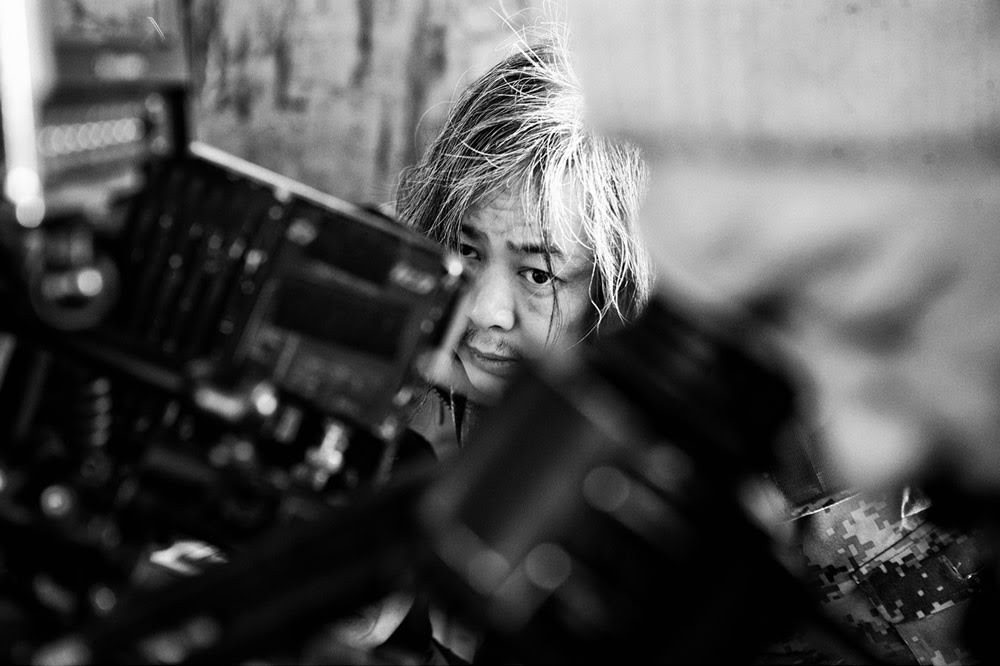
What are the inspirations for the composition of your films & photographs?
Yang Fudong: Perhaps they come from memories of growing up, or rather from the education I received while growing up, including various bits and pieces in my life.
What have you found in film & photography that appeals to you more than painting?
Movies and photography are like another kind of painting to me, existing between reality and virtuality, with different thought-provoking things inside them. Everyone can travel through their imagination and dream of time.
What is your relationship to the camera as an object, does it symbolize something to you? Does it have a cultural meaning for you?
Just like when you step into nature, you can feel the wind beside you, birds chirping and flowers blooming around you. Beautiful plants are everywhere… Of course, as night falls, the cries of wild beasts also spread throughout the night sky. The stars in the sky watch everything that happens in nature.
Your work often suggests a self-conscious meeting of the traditional and the modern, do you see this relationship as containing a continuity or marking arrival of something new?
Everyone has their own memories of growth and insights into life. The changes in society lead to different thoughts and understandings at different times. Tradition and modernity, history and reality, are perhaps the magic of reincarnation. Unknown things may not necessarily mean new things.
There is a youthful vitality to the subjects in your work. What does youth mean to you?
Everyone has been young, and youth is the most beautiful existence in this world. It is the most beautiful dream bestowed by heaven upon those who come into this world.
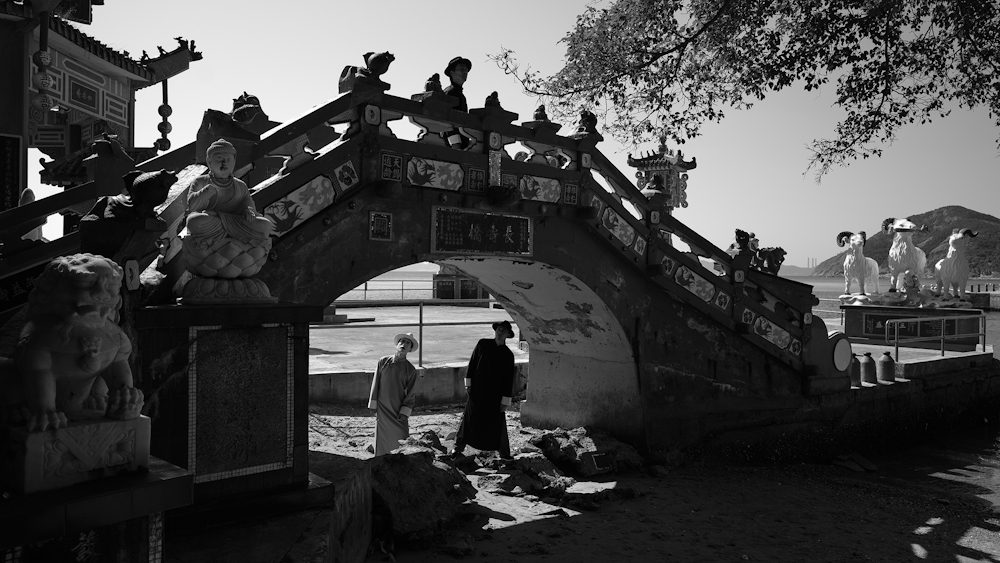
Co-commissioned by M+ and Art Basel, presented by UBS, 2024
© Yang Fudong. Photo: Courtesy of the artist
Artists like Cindy Sherman use the language of media/cinema to make social statements, is that also the case for yourself?
Cindy Sherman is one of my favorite artists and has influenced many young people. Each artist will have different ways of artistic creation and expression to present their thoughts and ideas about life, and they respect their inner honesty.
Your work is very beautiful, have you ever been drawn to grittier or distasteful images?
With the development of science and technology, the falsehood and authenticity of images are indistinguishable. People seem to be becoming the AI of AI.
Can you talk about your process of creating a work?
The interesting part is the formation of the creative ideas for the work, which may take a second or a few years. It is in your heart, slowly nurturing and growing, until a long time later when you have not forgotten it, you will decide to make it.
Is there ever a point when you realize that a piece isn’t working?
Sometimes I feel that a certain piece of work I created was not satisfactory and did not present my ideas well. I will ‘pretend’ to forget it.
Which piece of yours do you find the most satisfying and why?
Sometimes the works created by an artist throughout their lifetime are like books on a bookshelf in a library. One by one, quietly placed there.
Read more in Trebuchet 17: Destinations
Yang Fudong – China’s Foremost Artist?
Manifesta 15 – Message received?
Sandra Knecht – Redefining home
Art in the Margate – Escape or reality?
Art in Copenhagen – What to witness
Aesthetics now – After theory, now what?
Rune Christensen – Fairytales and tradition
Tarek Atoui – Improvised Sound Installations
Outsider art and the new devolved
Chris Levine
Profile: Sarah Hilliam (National Portrait Gallery)
Interview translated by Professor Wang Tiao and Foster Neville. Yang Fudong is represented by Marian Goodman Gallery

The aim of art is to represent not the outward appearance of things, but their inward significance. – Aristotle


